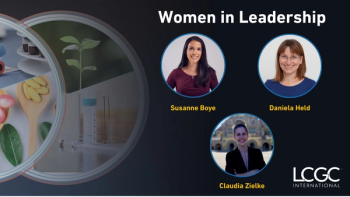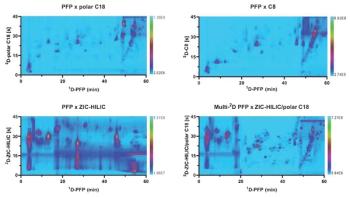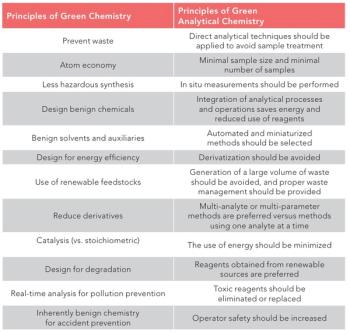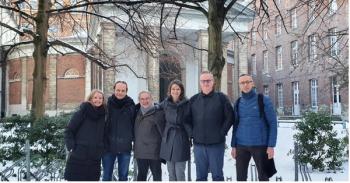
Shanghai applications, training and service centre
Bruker has announced the opening of a new major applications, training and service centre in Shanghai, China.
Bruker has announced the opening of a new major applications, training and service centre in Shanghai, China. Bringing together the company’s East China operations, including the recently acquired Chemical & Applied Markets division (which covers GC and LC separation systems, plus GC-MS, LC–MS and ICP–MS systems for environmental, petro/chemical and food safety applications) and the Nano Surfaces division, the new facility offers customers access to multi-technology applications, the training and demonstration Centre of Excellence to support research collaborations in China.
Frank Laukien PhD, company president and CEO, commented, “Bruker has come a long way since our first attendance at a scientific conference in Beijing in 1974. My Bruker colleagues and I are very excited by the new opportunities for customer collaborations, training and support, and applications research in China offered by our second major Chinese facility here in Shanghai.”
The new Shanghai facility complements the company’s previous major applications and customer support center in Beijing, which is presently being expanded again by approximately 50%. The company also intends to open an additional service and sales office in Guangzhou later this year.
Ms Lili Wang, general manager of the Bruker AXS division in China, added: “The new Bruker Shanghai Centre of Excellence brings all of our operating divisions together in support of our customers. This development provides us with the infrastructure, high-performance systems and highly qualified staff to provide comprehensive scientific and engineering expertise across many life-science and analytical technologies, for the benefit of our Chinese academic, government, clinical and industrial customers.”
For more information, visit
Newsletter
Join the global community of analytical scientists who trust LCGC for insights on the latest techniques, trends, and expert solutions in chromatography.




